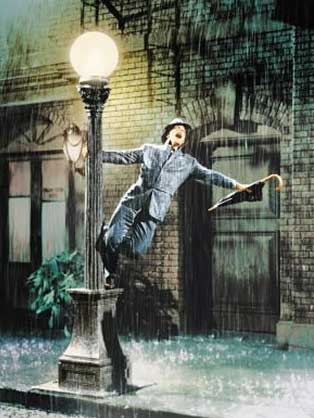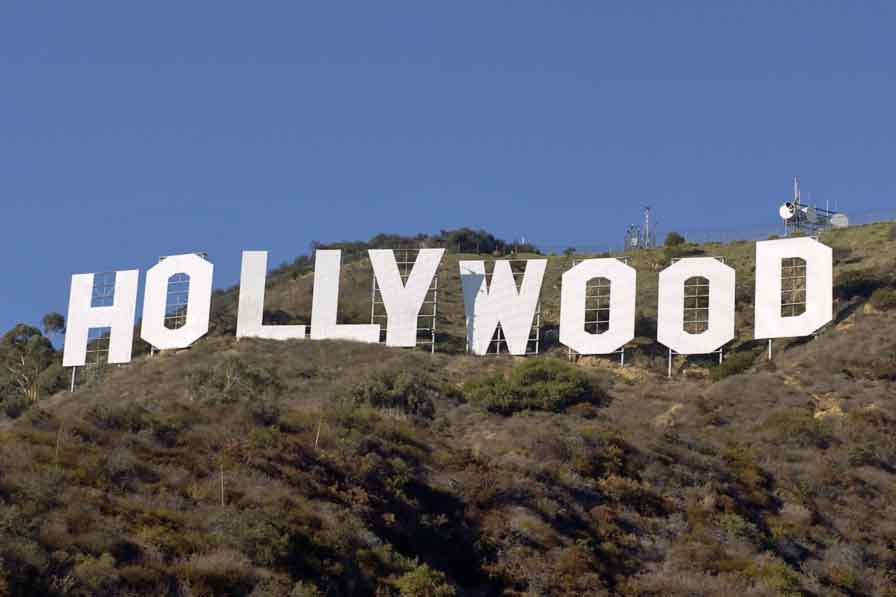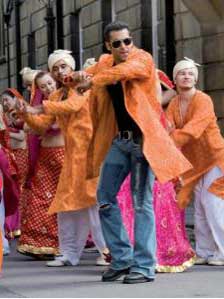SCHWEIGLER.ORG |
|
|||||||||
 |
|
|
|
Resources
|
www. | L | Description |
| IMDb |
imdb.com |
en |
The
Internet Movie Database |
| BollywoodWorld |
bollywoodworld.com |
en |
Indian Movies |
| HONG KONG Cinemagic |
hkcinemagic.com | en |
Hong
Kong Movies |
| Hollywood.com | hollywood.com |
en |
US Movies and Sources |
| Reel.com |
reel.com |
en |
Film
Infos |
Studios |
|||
| 20th Century Fox |
foxmovies.com |
en |
USA |
| BBC F I L M S |
bbc.co.uk/bbcfilms |
en |
UK |
| Disney |
disney.com |
en |
USA
(Miramax, Bunea Vista, Pixar) |
| DREAMWORKS |
dreamworks.com |
en |
USA (Paramount) |
| Gaumont |
gaumont.fr |
fr |
France |
| Golden Harvest |
goldenharvest.com |
en |
Hongkong |
| HBO |
hbo.com |
en |
USA
(Time Warner) |
| L A K E S H O R E |
lakeshoreent...com |
en |
USA |
| MGM |
mgm.com |
en |
USA |
| MORGAN S CREEK | morgancreek |
en |
USA |
| NEW LINE CINEMA |
newline.com |
en |
USA
(Time Warner) |
| P I X A R |
pixar.com |
en |
USA (Disney) |
| Paramount |
paramount.com | en |
USA |
| PATHE |
pathe.com | en/fr |
France |
| SONY Picturs |
sonypictures.com |
en |
Japan
(Columbia, TriStar) |
| UNIVERSAL |
universalstudios.com |
en |
USA |
| WB Warner
Bros. |
warnerbros.com |
en |
USA
(Time Warner) |
Festivals &
Arwards
|
|||
| BELIZE Int. Film Festival |
belizefilmfestival.com |
en |
Belize |
| Berlinale |
berlinale.de |
de/en |
Germany
Filmfestspiele |
| La Biennale |
labiennale.org | en |
Venice, Italy |
| Festival de Cannes |
festival-cannes.fr |
en |
Cannes,
France |
| Film Festival Locarno |
pardo.ch |
en |
Locarno,Switzerland |
| Golden Globe |
hpfa.org |
en |
USA
Hollywood HPFA |
| OSCAR | oscar.org |
en |
USA
Academy of Motion Pictures |
Technics |
|||
| DOLBY Surround |
dolby.com |
en |
DOLBY high-fidelity sound |
| HD DVD |
hddvdprg.com | en |
HD DVD Promotion
Group |
| THX |
THX.com |
en |
THX high-fidelity sound |




